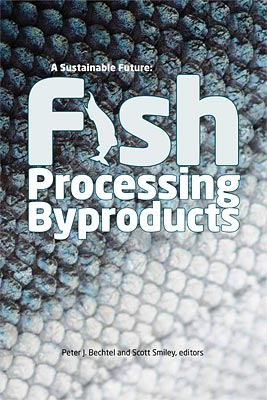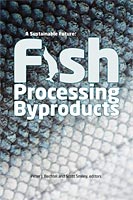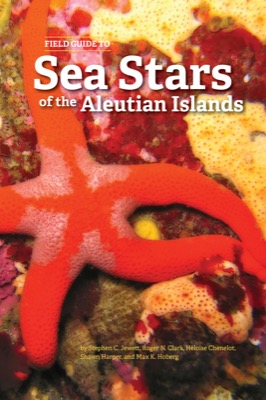
Enhancing utilization of Alaska fish processing byproduct parts
P.J. Bechtel
- Price: $1.50
 This is part of A Sustainable Future: Fish Processing Byproducts
This is part of A Sustainable Future: Fish Processing Byproducts| Format | Price | |
|---|---|---|
| PDF download [105.6 KB] | $1.50 | Add to Cart |
Description
Over half of the total wild fish harvested and processed for human consumption in the United States comes from Alaska waters. Large volumes of pollock, salmon, cod, and flatfish are harvested annually, resulting in over 1 million metric tons of processing byproducts. Alaska fish processing byproducts have several advantages because they are derived from sustainable fisheries where all the fish are initially processed for human consumption. The major byproducts from the fish processing industry are heads, viscera, frames, and skin. There is a need to increase the utilization and value of these byproducts.
The largest volumes of individual byproduct components occur with viscera and heads, with smaller volumes of frames and skin also available. Viscera is the generic term used to describe the organs and tissue removed after the belly cavity is opened and usually includes the reproductive organs (ovary and testes), stomach, liver, kidney, and digestive tract. There are increasing uses for viscera and its components as well as heads; however, most fish meals and oils are used as animal and fish feed ingredients.
Making value-added products such as gelatins from fish skins or oils with high omega-3 fatty acids from separated fish processing byproduct is of increasing importance and interest.
Item details
- Item number: AK-SG-10-02i
- Year: 2010
- DOI: https://doi.org/10.4027/sffpb.2010.09



